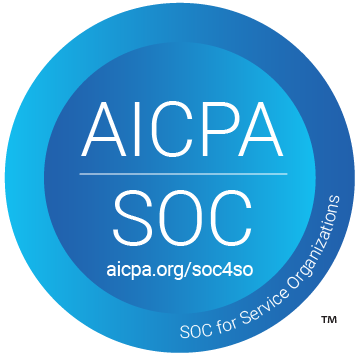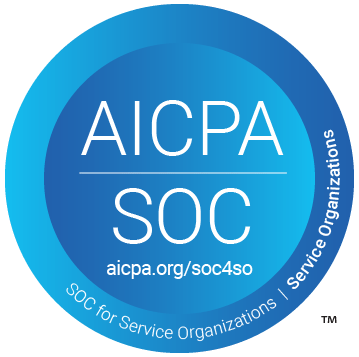Learn how to automate the upload of Parsio attachment files to pCloud using Pabbly Connect. Step-by-step tutorial on setting up the integration. Build sophisticated automated workflows in less time than you think. This guide translates complex integrations into straightforward steps for immediate implementation.
Watch Step By Step Video Tutorial Below
1. Accessing Pabbly Connect for Integration
To begin the integration process, you need to access Pabbly Connect. Start by going to the Pabbly Connect website by searching for ‘Pabbly.com/connect’. If you do not have an account, you can create one by clicking on ‘Sign Up Free’. For existing users, simply click ‘Sign In’ to enter your account.
Once logged in, navigate to the Pabbly Connect dashboard. Click on the ‘Create Workflow’ button to initiate a new workflow. Name your workflow, for example, ‘Upload Parsio to pCloud’ and click ‘Create’. This sets the stage for your automation process.
2. Setting Up the Trigger in Pabbly Connect
The first step in your automation is to set up the trigger. In the trigger window of Pabbly Connect, search for ‘Parsio’ and select it. Choose the event ‘Attachment Received’ from the dropdown menu. This event will trigger the automation whenever a new email with an attachment is received.
- Select ‘Add New Connection’ to connect your Parsio account.
- Enter your Parsio account credentials (email and password).
- Choose the mailbox from which you want to receive emails.
After saving these settings, click on ‘Save and Send Test Request’. This action prepares Pabbly Connect to receive the email details and attachment links from Parsio.
3. Sending a Test Email to Parsio
To ensure that your trigger is set up correctly, send a test email to your Parsio email address. Compose an email from your regular email account, add a subject line like ‘Testing Trigger’, and include an attachment. This will help you verify that Pabbly Connect captures the email and attachment correctly.
Once you send the email, return to Pabbly Connect to check for a response. You should see the details of the email, including the attachment name and download URL. This confirms that your trigger is functioning as intended.
4. Uploading the Attachment to pCloud
Now that you have successfully set the trigger, it’s time to configure the action to upload the attachment to pCloud. In the action window of Pabbly Connect, search for ‘pCloud’ and select it. Choose the action event ‘Upload File’. This action will upload the attachment received from Parsio to your pCloud storage.
- Click ‘Add New Connection’ to connect your pCloud account.
- Enter your pCloud credentials and the appropriate hostname based on your data region.
- Select the folder in pCloud where you want to upload the files.
After entering these details, map the file URL and file name received from Parsio into the respective fields in Pabbly Connect. Click on ‘Save and Test Request’ to complete the process. This will upload the attachment to your specified pCloud folder.
5. Testing the Automation Setup
With the automation configured, it’s essential to test it to ensure everything works seamlessly. Send another test email with an attachment to your Parsio email address. Within moments, Pabbly Connect should automatically upload the attachment to your pCloud storage.
Check the designated folder in pCloud to confirm that the file has been uploaded successfully. This real-time test verifies that your automation is functioning correctly and that each new email attachment will be automatically saved to pCloud without any manual intervention.
Conclusion
By following these detailed steps, you can easily automate the upload of Parsio attachment files to pCloud using Pabbly Connect. This integration not only saves time but also ensures that your important files are securely backed up in your cloud storage.
Ensure you check out Pabbly Connect to create business automation workflows and reduce manual tasks. Pabbly Connect currently offer integration with 2,000+ applications.
- Check out Pabbly Connect – Automate your business workflows effortlessly!
- Sign Up Free – Start your journey with ease!
- 10,000+ Video Tutorials – Learn step by step!
- Join Pabbly Facebook Group – Connect with 21,000+ like minded people!






